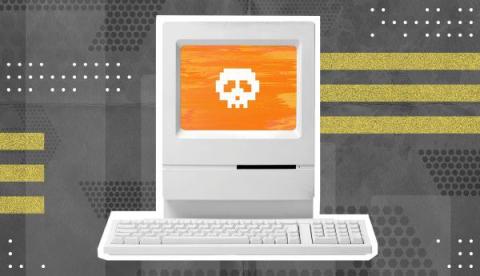Container Observability
In the recent past, container-based deployment architectures have played a significant role in improving applications on multiple fronts, including: Containers are all-inclusive packages containing lightweight services which are easy to spawn and terminate. However, container-based deployments can comprise hundreds of individual services and their replicas spinning up and down at any moment.











